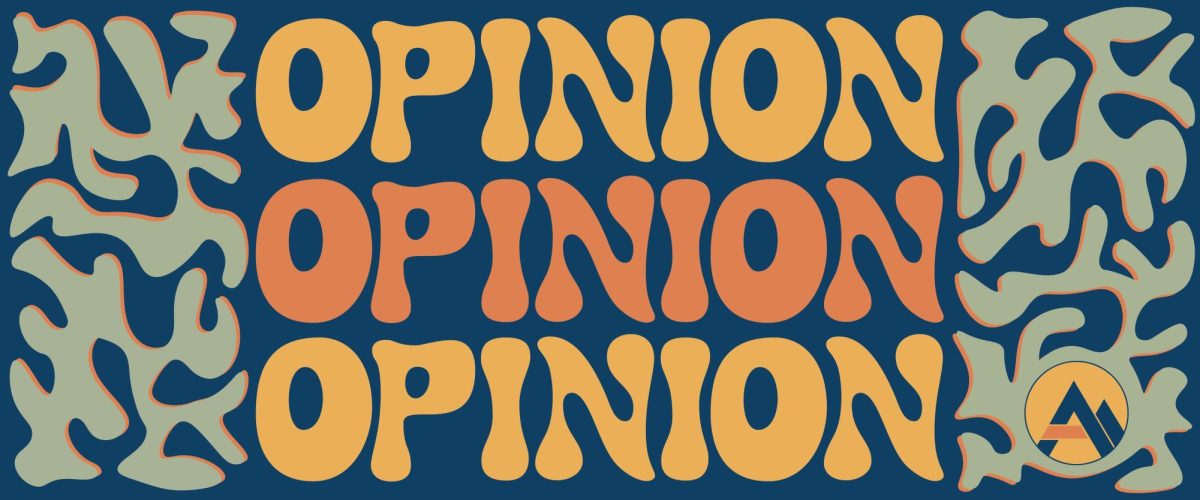The idea that music released between the 1960s-1980s is superior to anything produced within the past two decades is nothing new. Despite the creative outlet’s vast genre diversity, generations of people strongly associate themselves with songs that were especially popular in their youth.
Previously, claims of older age groups defending the top hits of their heyday as the best in the industry could be written off as stubborn partiality. Is older music better? Several aspects of the modern music production process itself may confirm this embarrassing revelation.
Today, assertions of Boomers claiming the music they grew up with trumps today’s radio tunes are no longer considered outdated personal biases, but rather an uncontested consensus spanning across generations. Older music is on the rise in popularity again, even surpassing attraction to new releases. This phenomenon, previously stanched out by preference, has left many to wonder if the Boomers actually did something right for once.
It is a common assumption, especially amongst older people, that the music preferences of teenagers and young adults conforms to that which is new and popular. Younger generations have often been written off as “ignorant” to objectively good music, unable to live in a time when rock and roll titans like Mick Jagger, Jim Morrison, Stevie Nicks and Jimi Hendrix ruled the industry. This, however, is a dated assumption in itself. Teenagers of the ‘70s and ‘80s may have been more inclined to turn a blind eye to the swing music of their parents’ glory days in favor of the new, booming rock and pop of their youth, but it seems the inclination to gravitate towards the bands that were then considered new, especially in the west, never went away.
According to MRC music analytics data from 2022, on streaming platforms like Apple Music and Spotify, contemporary music only made up about 30% of total streams from users over an 18-month stretch between 2020 and 2021. In addition, previously antiquated, tangible media like CDs and vinyl records have found themselves in demand amongst young people again, even despite the wide accessibility of free digital content on the internet.
Some psychologists attribute this growing interest in 20th century content to widespread retromania — a form of nostalgia one can feel for the past, especially a time never personally experienced. Romanticizing the past can be used as a form of escapism, especially during times of present unrest. Given the more recent turbulent state of the world at large, this may be attributed to the impulse for younger generations to turn to older music as an alternative to the present.
This phenomenon does not, however, explain the blatant fundamental issues prevalent within today’s music as a whole. People are starting to turn to the tracks of past generations because what is released today pales in comparison. Songs of the past are longer, have more structural variation and lyrical meaning and are much more humanistic-sounding than the clean, manufactured sound of today.
Since the 1990s, the average song length of music produced in the western hemisphere decreased by roughly 1 minute across all genres, with songs in the 2020s usually clocking in at an average of about 3 minutes and 15 seconds.
The rise of the internet and subsequent social media platforms like TikTok revolutionized the consumption and commercialization of music. Short-form content is the primary way in which artists promote their work nowadays, and because of society’s fast-paced consumption rate and dwindling attention spans, songs have to be short and catchy; perfectly tailored to suit a 15-30-second long TikTok video.
Longer songs are ostensibly more likely to have more forethought and room for variation than shorter ones. Three minutes only provides so much time to include all the standard components of a basic song, and when a modern song does follow the standard format, there’s often little tonal differentiation, and it all ends up sounding the same.
Some of the most famous pieces within the last century of music history breach the four-minute mark. Led Zeppelin’s “Stairway to Heaven” is a whopping 8 minutes long. “Suite: Judy Blue Eyes” by Crosby, Stills & Nash is seven and a half, and Stevie Nicks’ “Edge of Seventeen” is five and a half minutes long. Even more recently popular songs like Noah Kahan’s “Northern Attitude” and Hozier’s “Too Sweet” run past the four-minute mark.
This tailoring of music to fit commercial needs is also an issue considering the inherent purpose of music in the first place. Music is an outlet of passion for those who create it and a source of inspiration for those who listen. It should have meaning and intention, and when artists start producing music solely to meet a time mark or reach an optimal amount of viewers on a social media platform, one cannot help but wonder if it loses the substance that makes good content so potent. Creative motivation should come from the soul, not from commercial optimization.
Newer technology has not only infiltrated the music marketing process, though — it has affected the sound of music itself.
The technology available to artists today like autotune and other digital audio software allows musicians to achieve a clearer, more precise sound than previously possible, but whether this has proven to be a good thing or not is unclear.
Part of the appeal of older music is arguably the gritty, natural affliction of the human voice and pure instrumentals. Much of the vocals and instrumentals of older music are the original and unadulterated sounds of an artist’s voice and the instruments they play.
When music becomes too doctored, it starts to become sterile and manufactured-sounding. Music is likely so universally significant because of its raw, expressive relatability. If artists start to filter out the natural qualities of their work, will people still want to listen to the unnatural, unfamiliar compositions that are produced as a result?
This inherent desire for natural, unaltered human sound may also explain why some more recently popular artists have received significant acclaim for their work. Artists like Mitski, Greta Van Fleet, Hozier, Noah Kahan and Zach Bryan are all creators who write their own songs and compose pieces using their natural voices and the simple sounds from a handful of instruments.
This singer/songwriter identity was largely prevalent in the 1960s and 70s with artists like Joni Mitchell, Jim Croce, Simon and Garfunkel and Bob Dylan as prime examples. When an artist is entirely responsible for their work, there is an element of personality that might not be as easily achieved had the lyrics and intention come from somewhere else.
These modern artists emulate the sounds and processes of previously popular artists of the past, with the intensely personal practices through which their work is produced and the simplicity through which their music is played. Sometimes, less really is more.
Even despite these arguments, there are always exceptions to any observation. There have been great developments in the music industry that exceed the bounds of society’s growing preference for older music.
The 1980s, 1990s and early 2000s were eras of great achievement for the rap genre — music that was not yet fully developed in its own right during the mid-20th century. These decades also saw the rise of genres like grunge, hip-hop and alternative rock with bands like Nirvana amassing millions of fans and relevant legacies lasting even to the present day.
Even now, contemporary pop and alternative R&B artists like Taylor Swift, SZA, Post Malone and The Weeknd have massive fan bases that adore their music, and there is absolutely no denying that they are incredibly talented musicians, regardless of their music production practices.
Even despite these arguments, of course, it must be acknowledged that music is a wholly subjective form of expression and inspiration. Everyone has their own individual preferences, and nothing is black and white. One can listen to the sharp twang of country music while still enjoying the shrieking instrumentals of death metal, and the same goes for music age.
Both older and newer songs have their upsides, and they are ultimately joined together in the objective sense that they were born from emotion and exist for the same purpose. All music is valid, and even though older tunes may be objectively better, everyone is entitled to their preferences. Unless those preferences involve Nickelback — in which case there might be some bigger problems to unpack there.




Cj • Apr 30, 2024 at 9:02 am
Check out 641rpm on king st for fabulous modern music. good music isn’t dead, y’all just haven’t heard it!
MuChao • May 2, 2024 at 6:18 am
^ 100% this. There’s an incredible amount of excellent music today, there’s just waaaaay more options than at any other point in history, so given this dilution effect, it seems like there’s less “good” music overall. You may have to search for it, but it’s there (and always has been.)